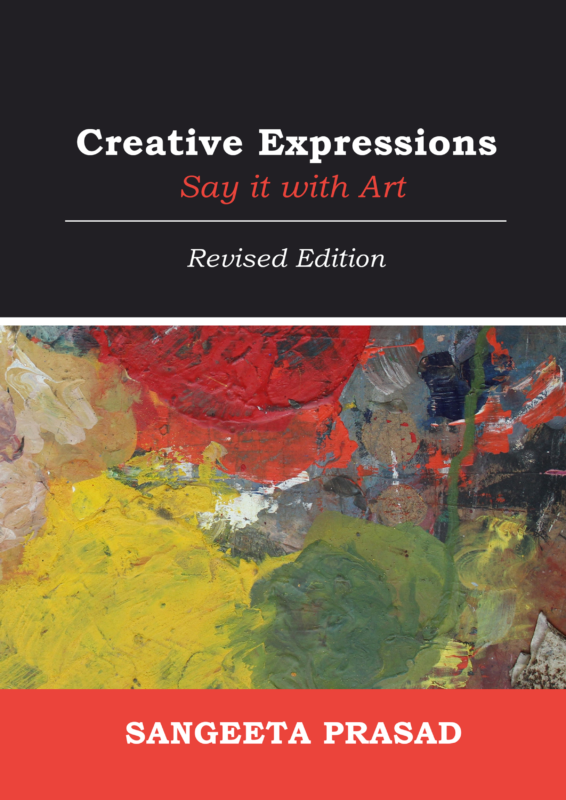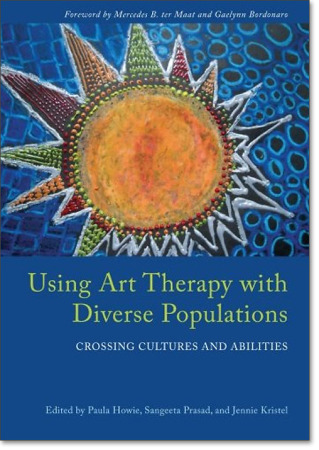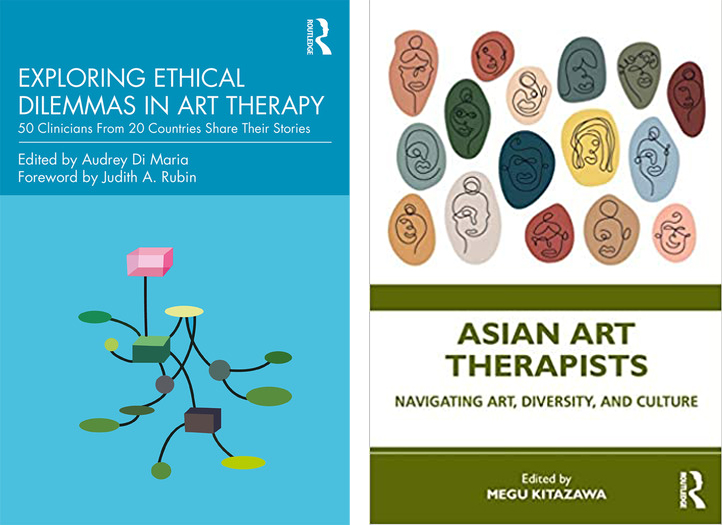 Creative Expressions: Say it with Art by Sangeeta Prasad – 2008, 156 pages, paperback
Creative Expressions: Say it with Art by Sangeeta Prasad – 2008, 156 pages, paperback
To download the book, click here.
This is a book for teachers and parents interested in art as a mode of communication and a therapeutic tool for children aged 2 through 12. This book addresses both the value of art therapy for children with special needs and a comprehensive approach to teaching the visual arts as part of the education curriculum.
Emphasizing the role of creativity in a child’s learning process, it outlines the artistic developmental stages of children, revealing patterns in how children express themselves visually from random scribbles to realistic drawings. Using examples of children’s artwork collected in India, a broad framework for the art curriculum is explained, including how to set up the art environment, how to organize art at the kindergarten level, and detailed art lesson plans that will help teachers structure the proposed theories presented in the book. It also demonstrates how to use art appreciation to teach art.
Art is an educational tool and a means of expressing one’s feelings, building self-esteem, and gaining insight into one’s thinking and behavior. Introducing the field of art therapy with a brief history on the origins of art as a tool in therapy, the book addresses the various aspects of art therapy, such as art as therapy, art psychotherapy, and art as a diagnostic tool, demonstrating through case studies how these various approaches can help children.
Sangeeta Prasad, author, Nidhya Guhan, Trustee and Director of AVM school, Mrs.Devila Patel, Trustee and Director of Bambino School, Chennai, Dr. Nandita Krishnan, Trustee and Director of C.P.Arts Foundation and the Grove School, Geeta Doctor, Art Critic and prominent journalist, Dr. Ashrafi Bagath, Head of Department, Stella Maris College.
 Using Art Therapy with Diverse Populations:
Using Art Therapy with Diverse Populations:
Crossing Cultures and Abilities By Paula Howie, Sangeeta Prasad, and Jennie Kristel
2013, 434 pages, published by Jessica Kingsley Publishers
To purchase through the publisher, click here.
To purchase on Amazon, click here.
Whether working in urban areas with high levels of cultural diversity providing art therapy to “unique” populations such as prisoners or asylum seekers, or introducing art therapy programs to parts of the world where they are not yet established, it is essential that therapists understand the importance of practicing in a culturally sensitive manner. This comprehensive book considers how culture impacts the practice of art therapy in a variety of settings.
This book attempts to understand and highlight the specific cultural, subcultural, and ethnic influences that inform art therapy treatment with contributions from experienced art therapists who have worked in diverse environments. It addresses factors including setting, population, environment, ability, and how they influence art therapy approaches. It also considers how cultural differences can impact physical art-making through color, symbol, and metaphor choices. Each chapter provides a framework showing how art therapy techniques have successfully worked with distinct populations. This book provides practitioners ideas for adapting art therapy training and approaches to suit the setting and meet a vast range of populations’ needs.
Full of informative case studies, this book is invaluable reading for art therapists and students of art therapy.
I contributed to two other books on Art Therapy.
50 Clinicians From 20 Countries Share Their Stories – Edited By Audrey Di Maria
Navigating Art, Diversity, and Culture – Edited By Megu Kitazawa
